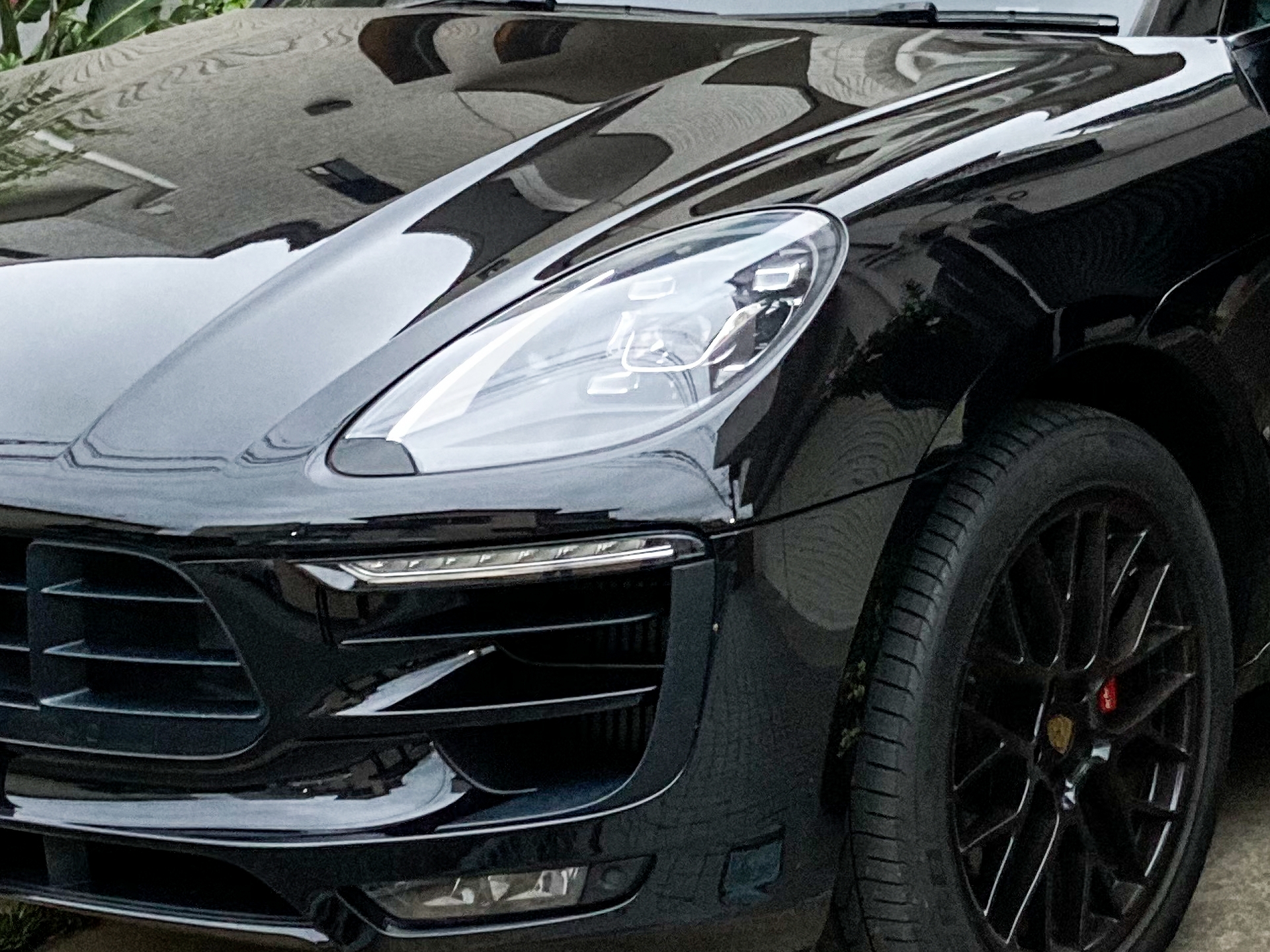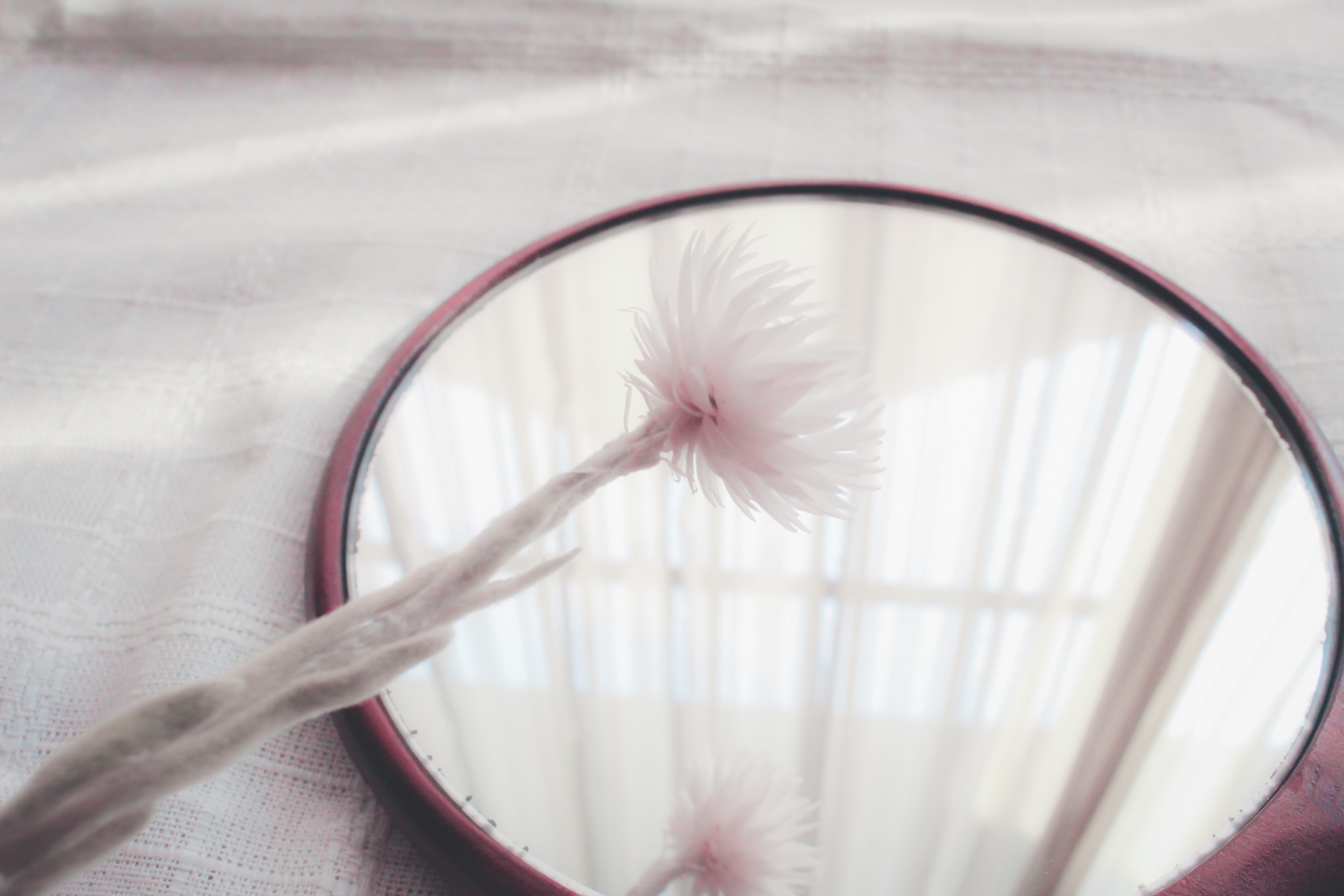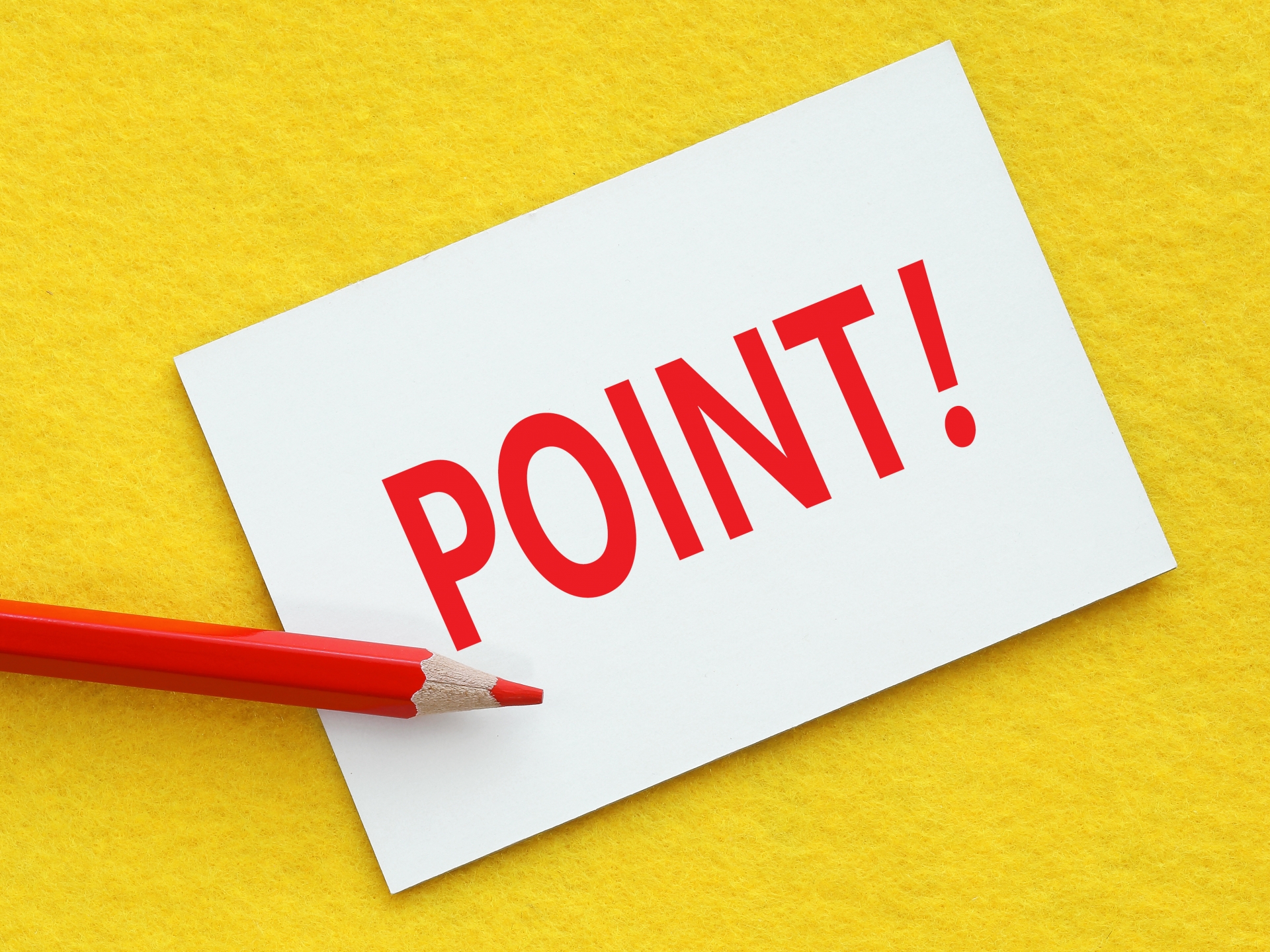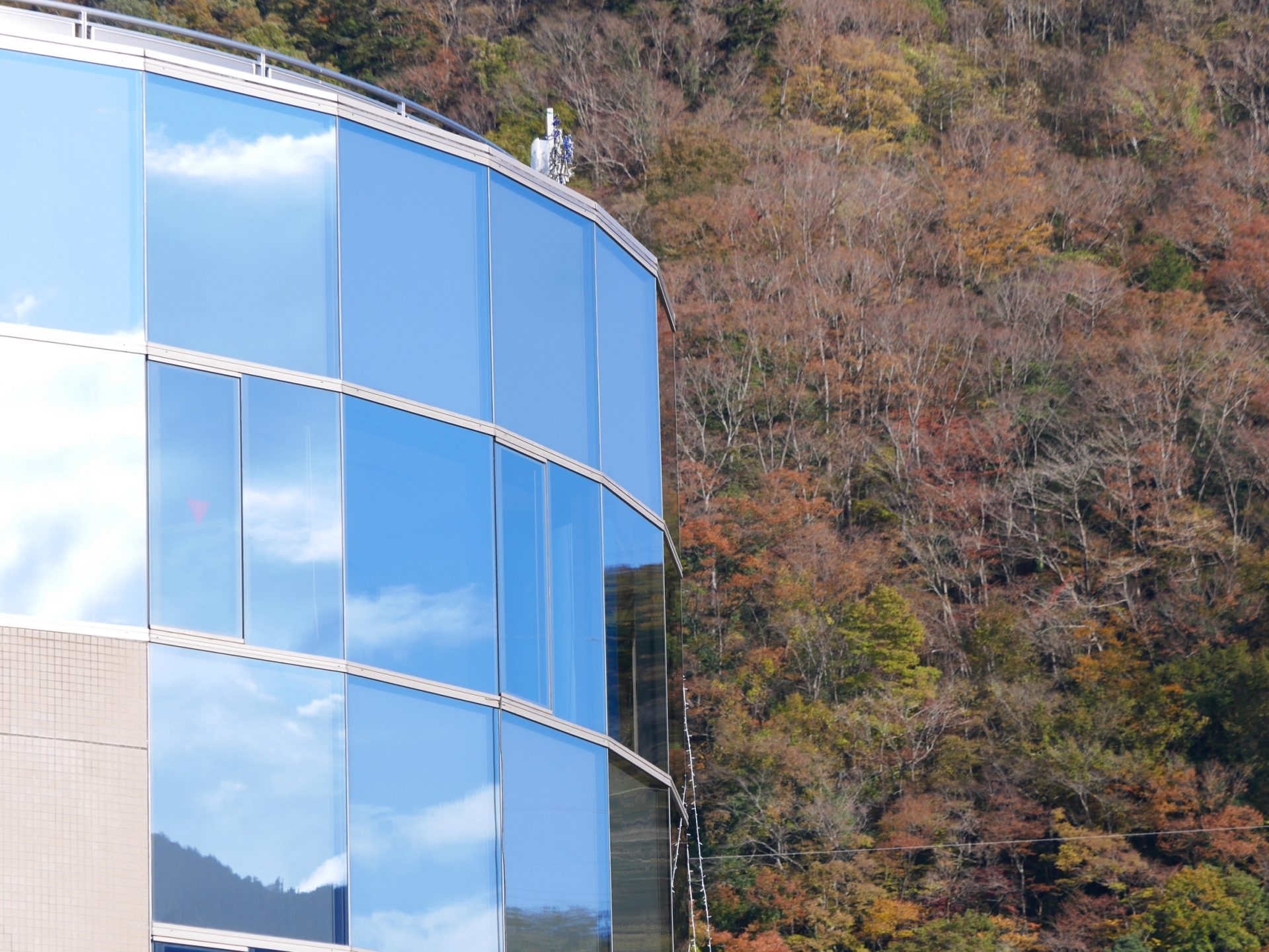Can stainless steel be polished to a mirror finish by buffing? Explanation of the precautions for buffing without fail!

When you hear the word "metal," you probably imagine shiny luster.
This luster, which is often described as the original brilliance of the material, is actually not the inherent beauty of the material!
In fact, much of this brilliance is merely a property of the buffing process.
Then, why do they go to the trouble of "buffing" to achieve such a shiny mirror finish?
Although not widely known, buffing is an excellent finishing method with many advantages.
In this issue, we would like to learn more about the advantages of buffing.
Table of Contents
1. What kind of work is buffing? Is it true that buffing can produce a mirror polish?
2. How many types of buffing buff materials are used for buffing? What is the best type to use for mirror finish?
3. What are the advantages and disadvantages of buff polishing, and is it necessary to use a mirror finish?
4. Can buffing be used for mirror polishing? Four points to keep in mind when buffing without fail
5. Mastering the mirror finish of buffing for high quality and efficient polishing in manufacturing
1. What kind of work is buffing? Is it true that buffing can produce a mirror polish?

Buffing is simply polishing with a buff. So what exactly is a buff?
A buff is one of the disc tools made of soft materials such as wool or sponge used for polishing.
In buffing, the object is polished by applying abrasives or wax to the buff and rotating it at high speed.
When we hear the word "polishing," we imagine something hard like a whetstone, but unlike ordinary abrasives, in buffing,
The soft material wool or sponge is used to gently polish the surface to a mirror finish without scratching it.
Buffing not only removes burrs and dirt from an object, but also evens out surface irregularities, bringing it closer to a mirror-like surface.
Furthermore, by changing the buffing material and type of abrasive, the finish can be controlled at will.
2. How many types of buffing buff materials are used for buffing? What is the best type to use for mirror finish?

The type of buffing is determined by the combination of buffing material and abrasive.
It is important to select the right buff or polish for the desired finish.
The buffing process is similar to normal polishing, with the aim of achieving a mirror finish by gradually increasing the number of coarse to fine grit.
<Typical buffing materials>
・Cloth buff
It is made of soft materials such as cotton and non-woven fabrics, and can be used for a wide range of applications from rough to finish polishing because of its stable abrasiveness.
・Wool buff
Compared to cloth buffing, the density is more uniform, and its greatest feature is that it is less prone to scratches and unevenness. It is used for finish polishing together with compounds.
・Linen buff
Buffing buffs mainly used for rough polishing. Ideal for rough polishing of ferrous and non-metallic materials and medium polishing before plating.
・Sponge buffing pad
Utilizes soft materials for finish polishing and wax application. Often used in the finishing process of painted surfaces of automobiles and motorcycles.
3. What are the advantages and disadvantages of buff polishing, and is it necessary to use a mirror finish?

Why is it that buffing is used for many of the industrial products around us?
In fact, buffing has many advantages.
<Advantages>
・Burrs, scratches, and stains can be removed.
Not only surface scratches and stains, but also burrs and other machining marks caused by machining can be removed.
・Improves smoothness (functionality)
Buffing can improve smoothness and reduce friction by leveling surface irregularities.
Reduced resistance allows a machine to operate more efficiently. It may be used as a pretreatment for the plating process.
・Improvement of luster
Mirror-finished surfaces can suppress diffuse reflections.
・Can be used with any material
Can process all metals including stainless steel, aluminum, and titanium.
Not only metals, but also glass and plastics (acrylic, ABS resin) can be processed.
・Efficient processing
Buffing is a machine-operated buffing process, which requires fewer man-hours than conventional manual polishing.
<demerit>
・Requires skill
In buffing, the finish can vary greatly depending on the degree of pressure and force applied.
If uniform roughness is required, skilled work personnel are needed.
4. Can you buff to a mirror finish? Four points to keep in mind when buffing without fail

There are four key points to keep in mind when buffing.
・Polish while gradually increasing the abrasive particle size without rushing
Although polishing seems to erase scratches, it is more accurate to think of it as replacing deep irregular scratches with more uniform and finer ones.
Therefore, the use of abrasives that do not match the condition of the substrate will not result in a clean mirror surface.
It is important to select the appropriate grain size for the substrate condition.
・Frequently remove polishing debris and scattered abrasives
If you work with polishing debris or scattered abrasives left behind, the finish will be uneven. When buffing, remove polishing debris frequently as you work.
・Always keep the buff in motion.
A buff rotating at high speed is constantly polishing, and if one area is continuously polished, it will create differences with other areas, resulting in a less uniform finish.
Keep moving at a constant speed when polishing.
・Clean the buff after use
After use, buffs are covered with polishing debris and abrasives. If left unattended, they will lead to scratches the next time they are used,
Be careful not to neglect care after use.
5. Mastering the mirror finish of buffing for manufacturing

In this article, we have introduced buffing in detail.
One of the most common surface finishing techniques, mirror finishing by buffing is a useful process that not only enhances the visual appearance of a product, but also improves its functionality.
If you are interested in polishing, please feel free to contact Sankyo Rikagaku.
